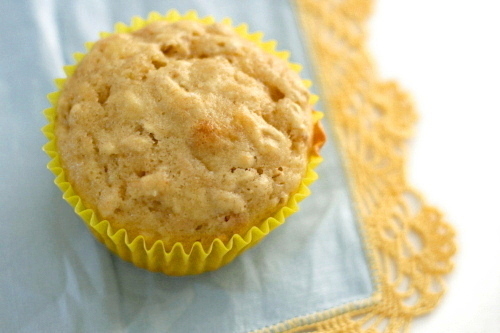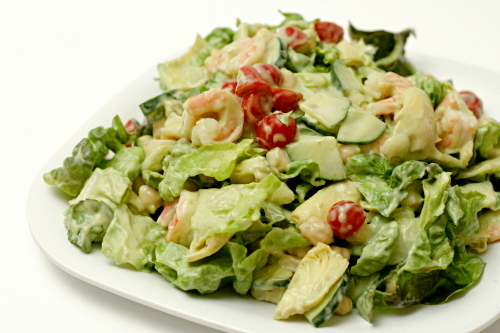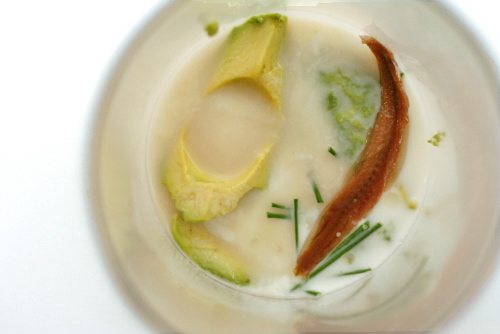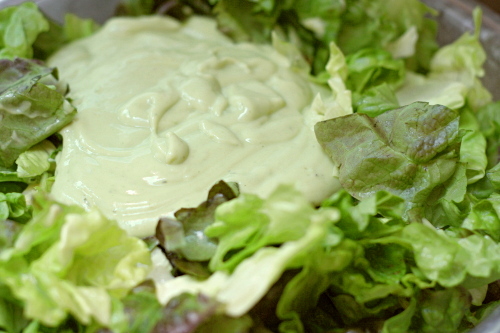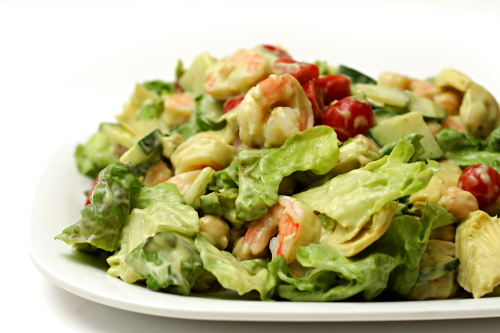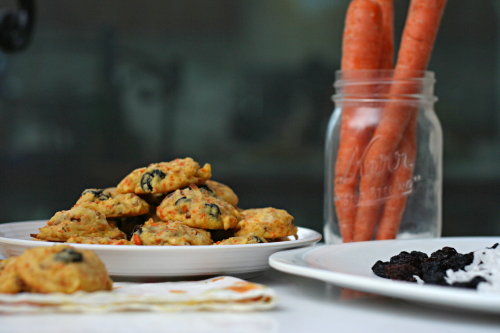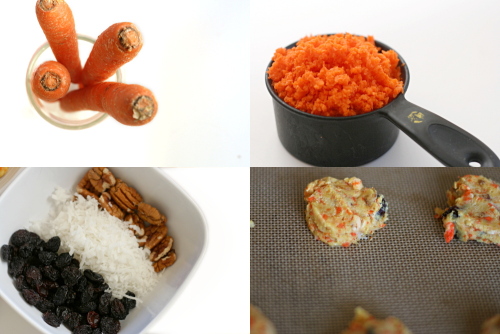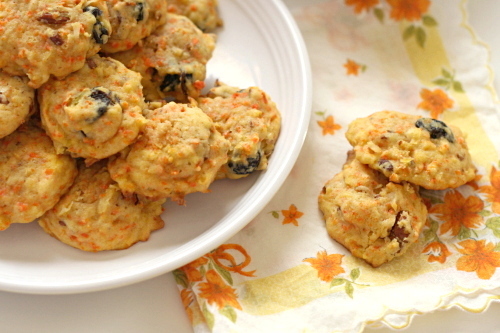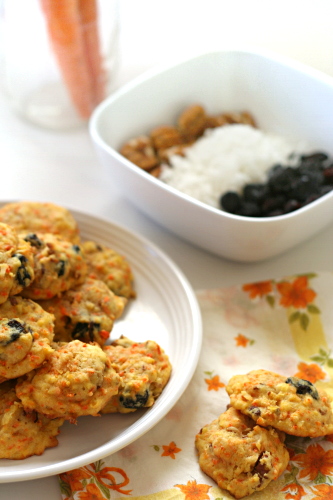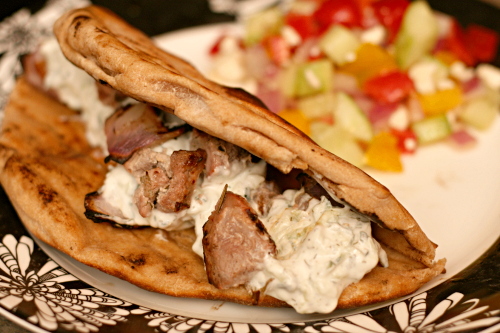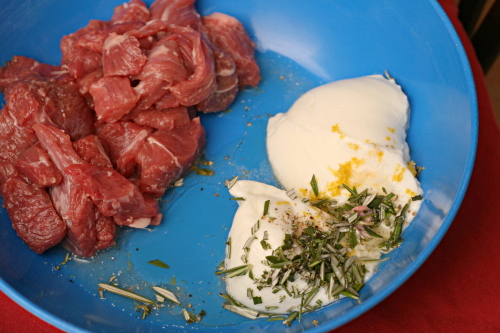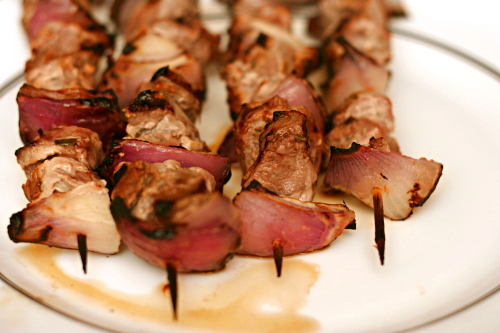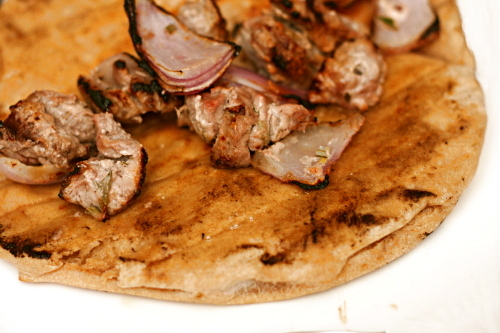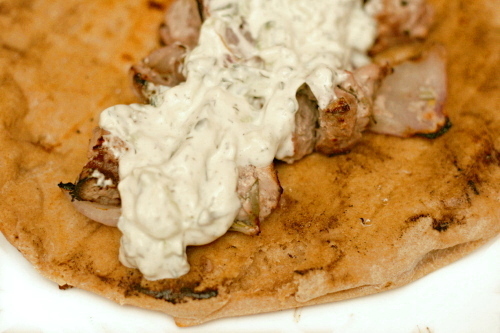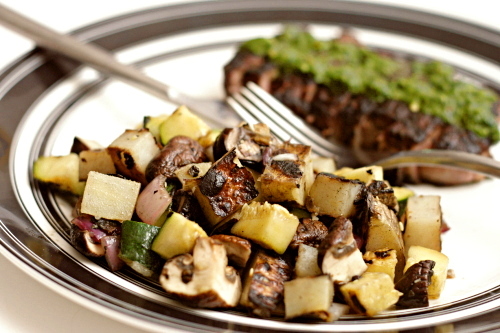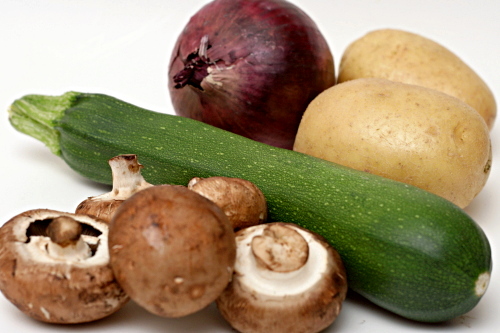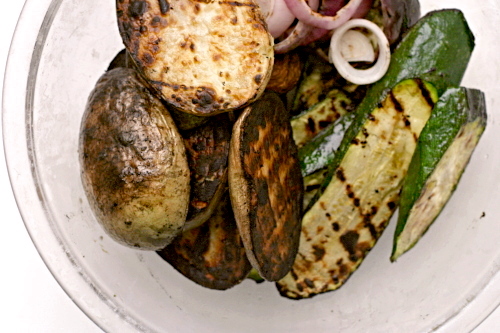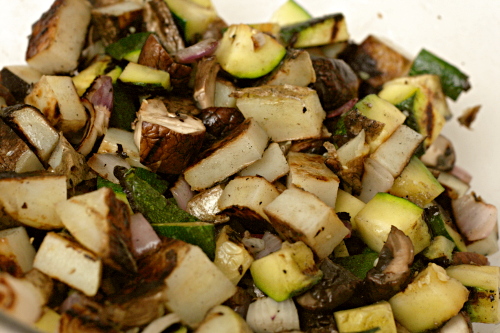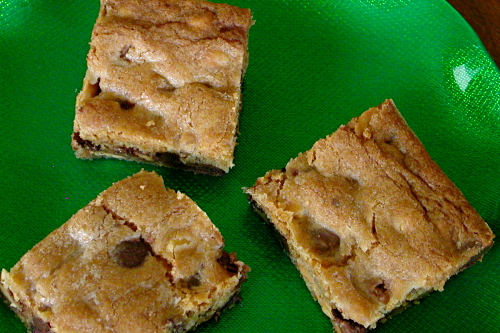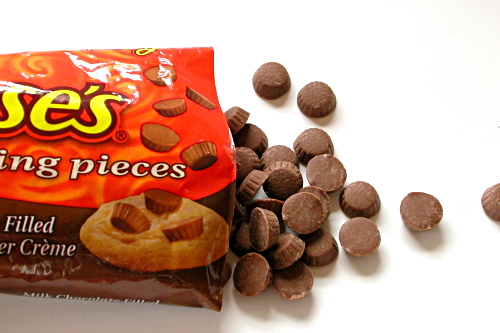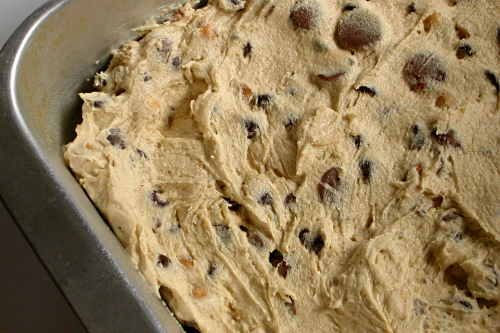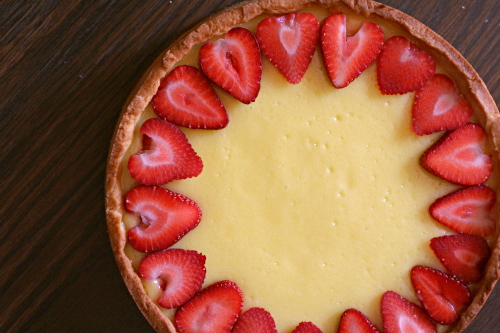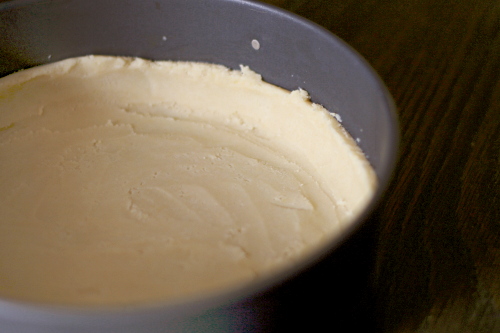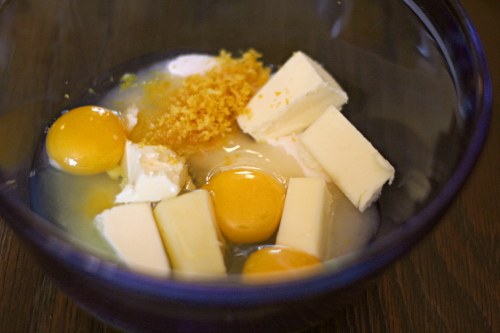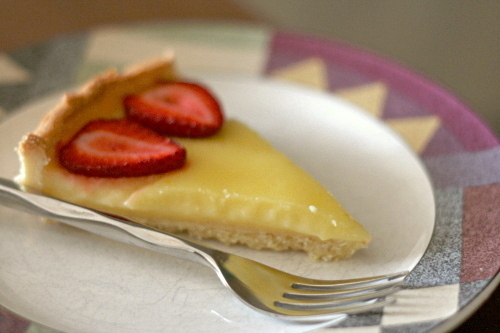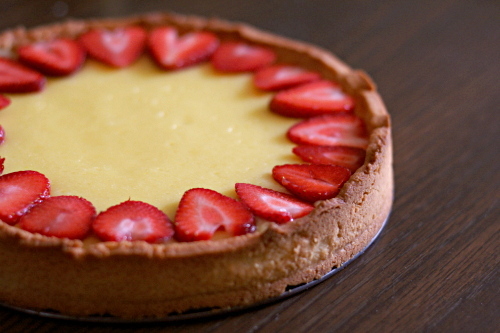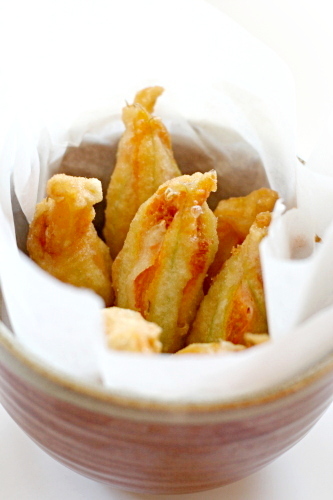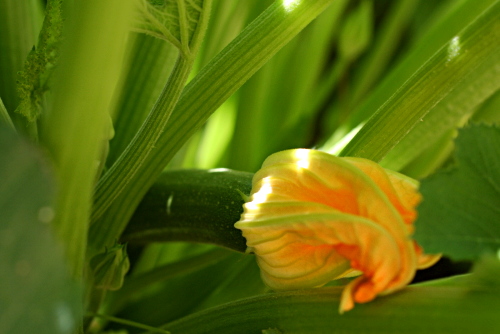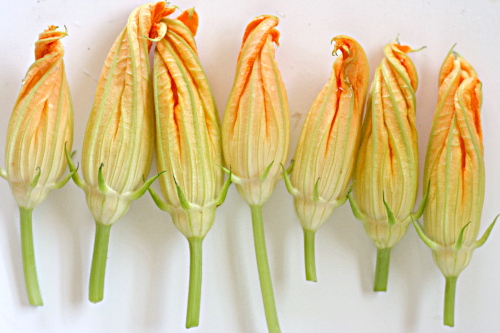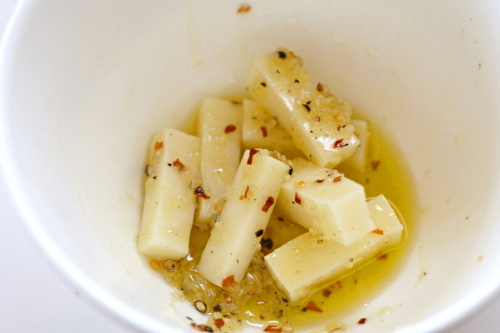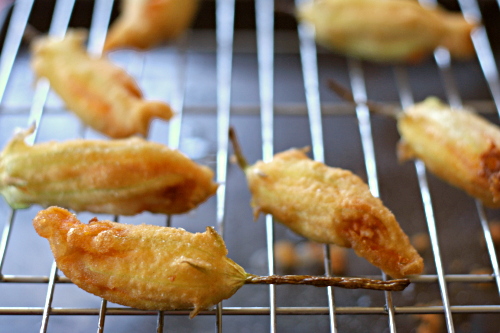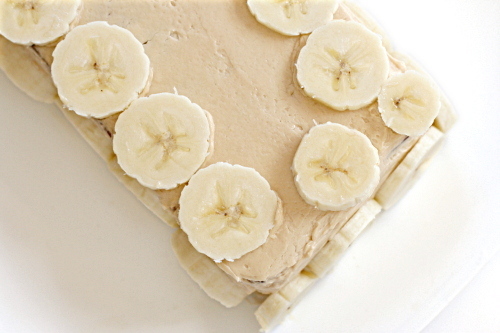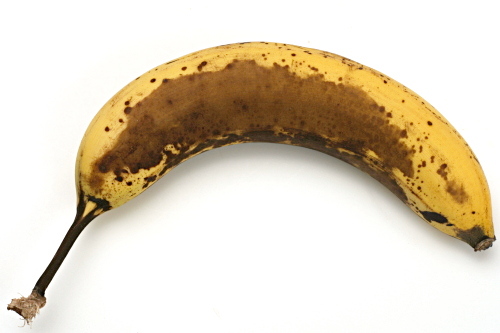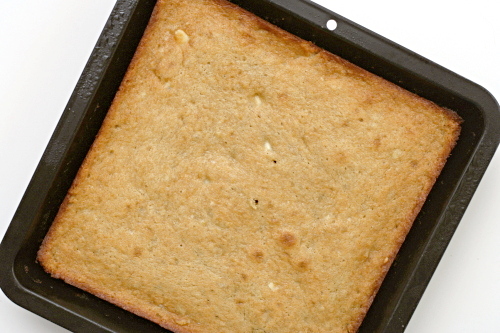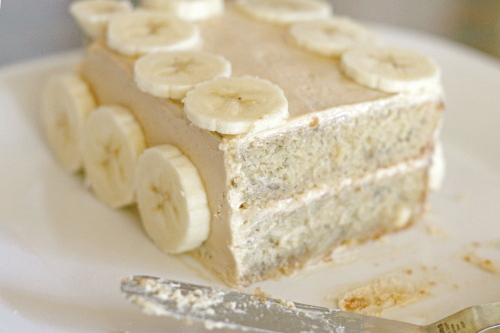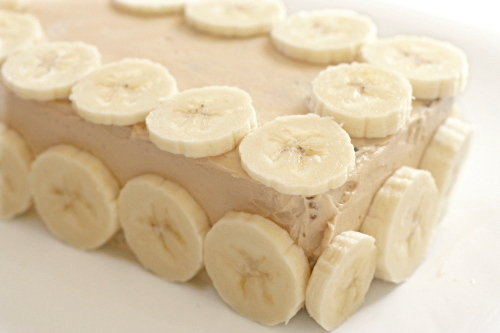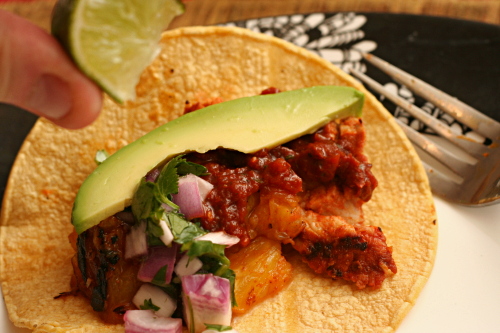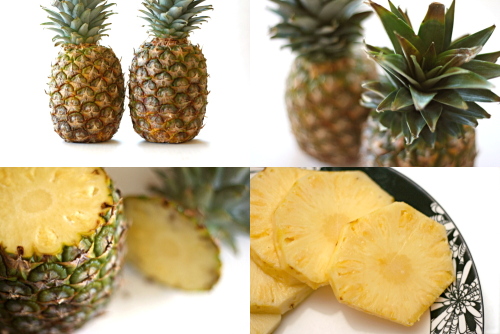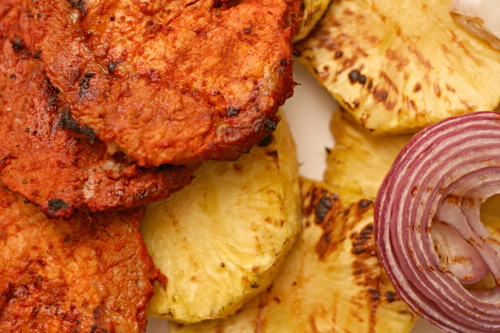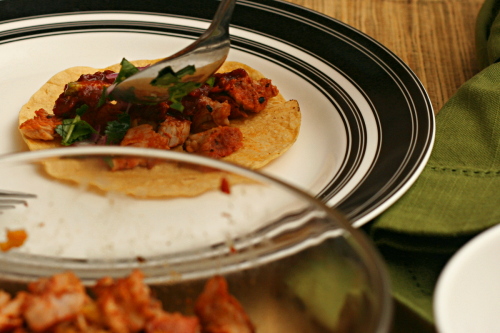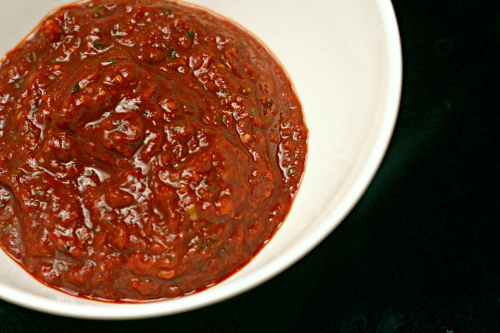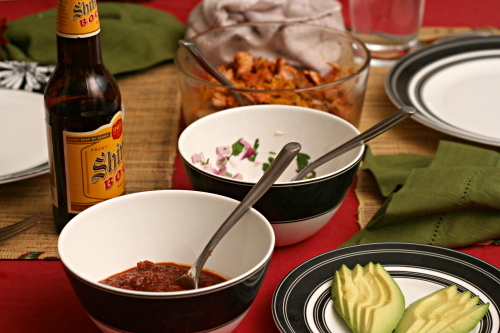Conversely, I think I’d like bananas more if they weren’t so cheap, convenient, and healthy. It’s just that I eat so many bananas. For years, every weekday, a banana. I had to start mixing the bananas with other things to make them palatable. In the spring, strawberries make a wonderful accompaniment. And if I want something more filling, peanut butter works perfectly. Now I eat peanut butter with my banana everyday, and I’m hoping that it’s a tasty enough combination that I don’t get sick of it anytime soon.
If bananas are better with peanut butter, it stands to reason that banana bread is better with peanut butter too, right? Or banana muffins, as the case may be. And it turns out, yes, peanut butter is a wonderful addition, and so is oatmeal, to make banana muffins more fun and interesting. It’s just too bad that muffins don’t work as a healthy replacement to my normal daily banana.
One year ago: Farmer’s Market Salad with Spiced Goat Cheese Rounds
Two years ago: Tuscan-Style Couscous Salad
Printer Friendly Recipe
Peanut Butter Banana Oatmeal Muffins (from Baking Bites via Annie’s Eats)
I used oil instead of applesauce, because I always have oil around and never have applesauce around.
1½ cups (7.2 ounces) all-purpose flour
1 cup old-fashioned oats
1 teaspoons baking powder
½ teaspoons baking soda
½ teaspoons salt
2 tablespoons applesauce
¾ cup (5.25 ounces) light brown sugar
2 large eggs
1 cup mashed banana (about 3 bananas)
6 tablespoons creamy peanut butter
1 cup low-fat buttermilk
1. Preheat the oven to 350˚ F. Line 18 muffin cups with paper liners.
2. In a medium mixing bowl, combine the flour, oats, baking powder, baking soda and salt. In a large mixing bowl, whisk together the applesauce, brown sugar, eggs, banana, peanut butter and buttermilk until smooth. Pour the dry ingredients into the bowl with the wet ingredients and mix just until incorporated and fully blended.
3. Divide the batter between the prepared muffin cups. Bake 18-20 minutes, or until a toothpick inserted in the center comes out clean. Allow to cool in the pan for 5-10 minutes, then transfer to a wire rack to cool completely.


